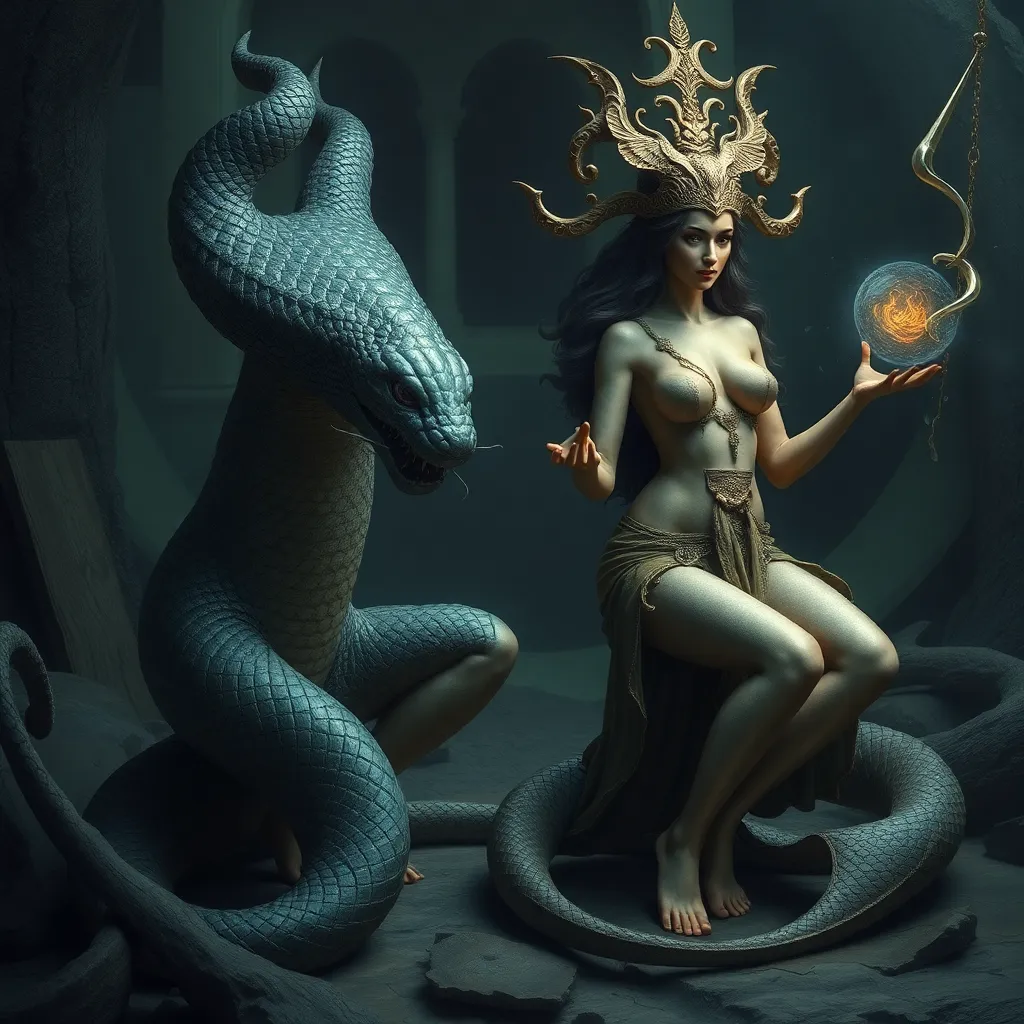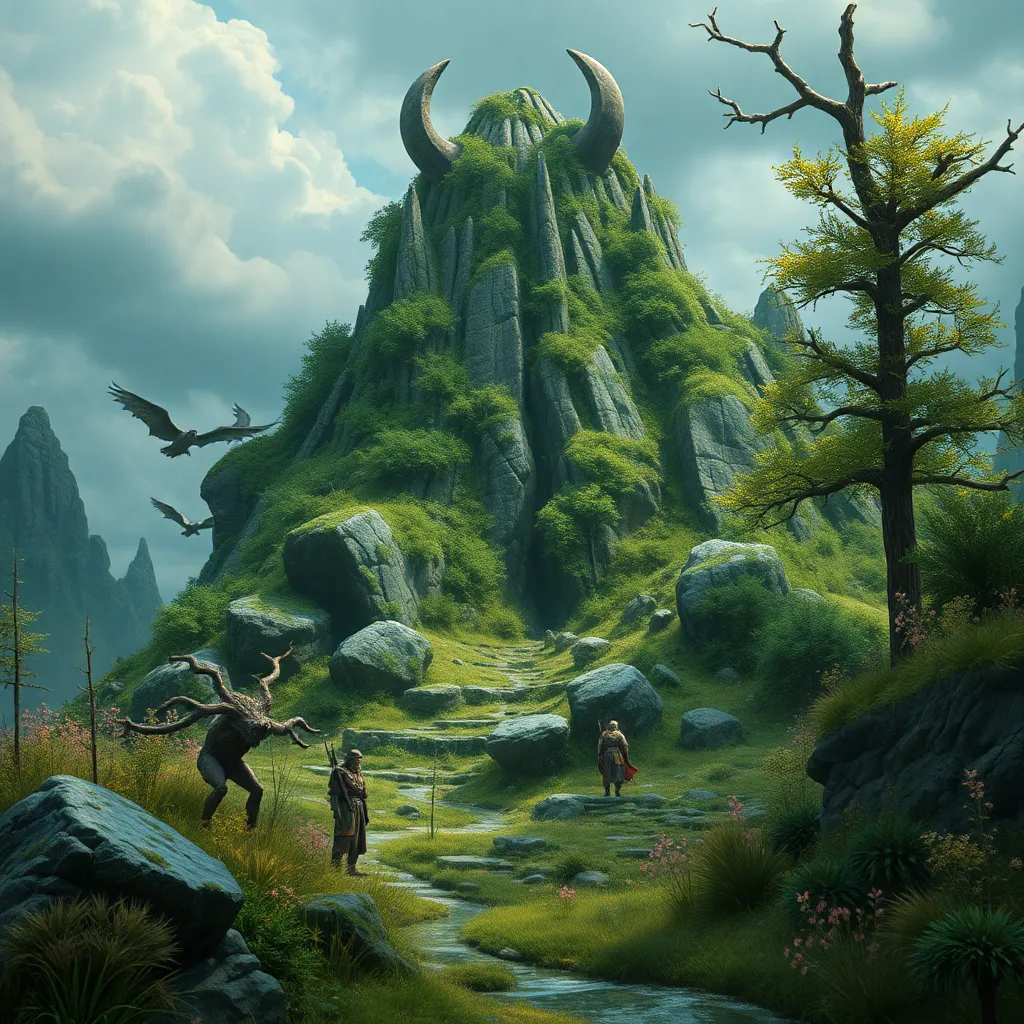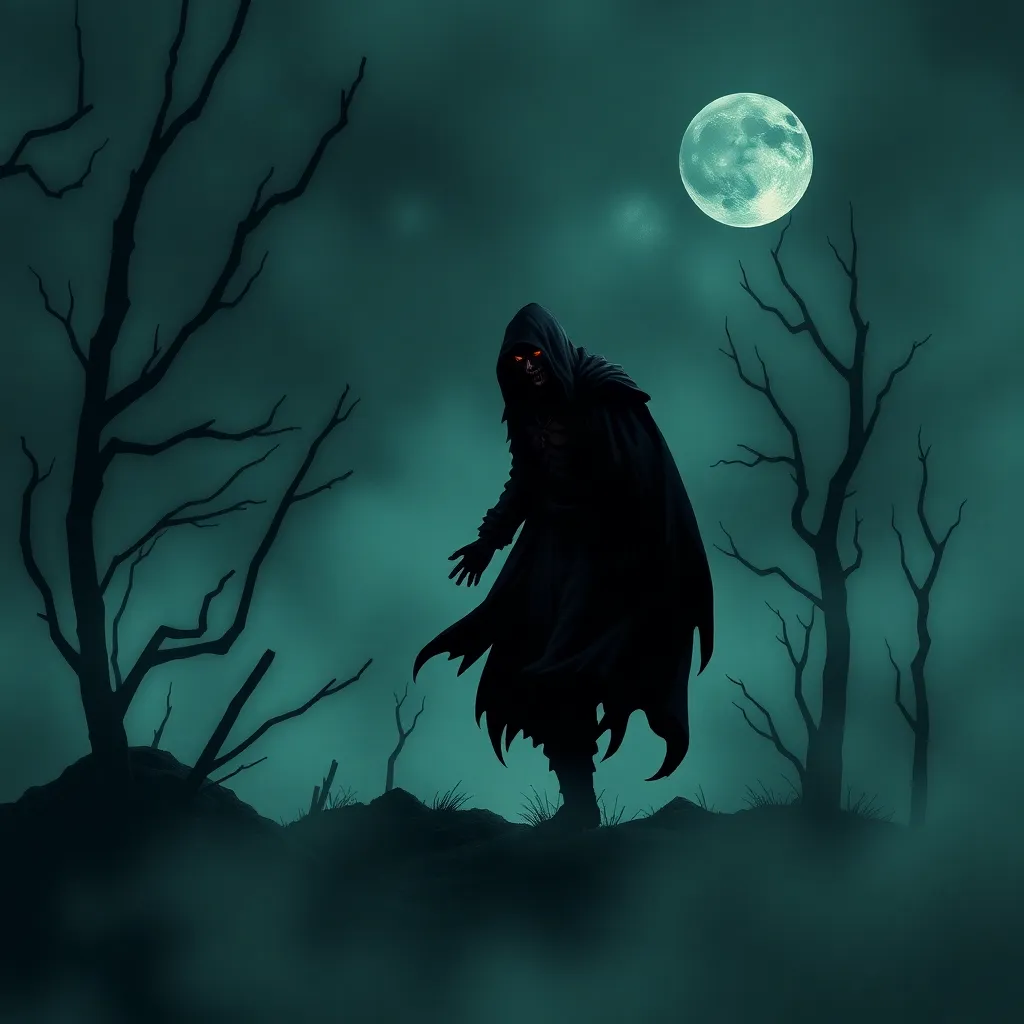The Baku and the Art of Mythmaking: Exploring the Creative Process Behind the Myth
I. Introduction
The Baku, a mythical creature deeply rooted in folklore, has captivated imaginations across cultures. Known for its unique ability to consume dreams, the Baku serves as a fascinating subject for both artistic expression and cultural analysis. This article explores the intricate relationship between the Baku and the art of mythmaking, examining how this figure has shaped narratives and identities throughout history.
Mythmaking plays a crucial role in cultural narratives, offering a lens through which communities interpret their experiences and values. Myths like that of the Baku not only reflect individual fears and aspirations but also encapsulate collective beliefs and societal norms.
The purpose of this article is to delve into the origins, symbolism, and contemporary relevance of the Baku myth while shedding light on the creative processes that underpin mythmaking across cultures.
II. The Origins of the Baku Myth
The Baku has its roots in ancient Asian cultures, particularly within Japanese and Chinese folklore. Historically, the creature is depicted as having the body of a bear, the trunk of an elephant, and the eyes of a rhinoceros, symbolizing a composite of various animals.
In early representations, the Baku appeared in art and literature as a benevolent figure, often invoked to protect individuals from nightmares. Textual references to the Baku can be traced back to the Tang Dynasty in China, where it was revered as a dream-eater.
Over time, the Baku’s myth has evolved, reflecting changes in societal attitudes towards dreams and the subconscious. While originally seen as a protector, later interpretations also encapsulate the fears associated with the unknown aspects of the mind.
III. Symbolism and Meaning of the Baku
The Baku is often interpreted as a dream-eater, embodying a duality of protection and danger. On one hand, it is celebrated for its capability to consume nightmares, providing solace to those plagued by disturbing dreams. On the other hand, it raises questions about the nature of dreams themselves, suggesting that not all dreams are to be devoured.
This duality reflects the complexities of human psychology, where the Baku serves as a metaphor for the struggles between hope and despair, light and darkness. The psychological implications of the Baku in dreams highlight an ongoing tension within the human experience.
- Interpretation as a Dream-Eater: Consumes nightmares, providing relief.
- Protection vs. Danger: Symbolizes both safety and the fear of confronting the subconscious.
- Psychological Implications: Reflects the human struggle with inner fears and aspirations.
IV. The Creative Process Behind Mythmaking
Storytelling is a vital component of cultural identity. Myths are often born from the need to explain natural phenomena, articulate moral lessons, or preserve communal history. The creative process involves a blend of imagination, tradition, and personal experience.
Techniques and methods used in creating myths can vary greatly, from oral traditions passed down through generations to written narratives that evolve over time. Common elements include:
- Symbolism and allegory
- Character archetypes
- Morality and ethics depicted through narratives
Societal values and beliefs heavily influence myth creation, shaping the stories that resonate with communities and reflecting their collective consciousness.
V. The Baku in Contemporary Culture
In contemporary culture, the Baku has found representation in various forms of media, including literature, films, and visual arts. The creature’s enduring legacy serves as a symbol of resilience and hope, often reinterpreted to fit modern narratives.
As a symbol, the Baku embodies the human desire to conquer fears and uncertainties, representing a bridge between the mystical and the mundane. Cross-cultural adaptations have further enriched its narrative, allowing it to resonate with diverse audiences worldwide.
VI. The Impact of the Baku Myth on Art and Literature
Artistic works inspired by the Baku have flourished, ranging from traditional paintings to contemporary installations. Artists draw on the Baku’s rich symbolism to explore themes of fear, protection, and the subconscious mind.
Literary explorations of the Baku can be found in various genres, where authors use the creature as a metaphor for personal and collective struggles. The Baku often serves as a muse, inspiring creative expression that bridges the gap between folklore and modern storytelling.
VII. Challenges in Preserving Mythical Narratives
Globalization presents a significant threat to traditional myths, as cultural homogenization often leads to the overshadowing of local narratives. The Baku myth, along with many others, faces the risk of being diluted or forgotten.
Efforts to maintain cultural heritage through storytelling are vital. Communities are increasingly recognizing the need to preserve their myths, using various platforms to share and celebrate their narratives.
Education plays a crucial role in myth preservation, fostering appreciation and understanding of cultural narratives among younger generations.
VIII. Conclusion
In conclusion, the Baku myth serves as a powerful example of the significance of mythmaking in cultural storytelling. It embodies the rich tapestry of human experience, weaving together themes of fear, resilience, and hope.
As society continues to evolve, the relevance of myths like the Baku remains steadfast, offering insights into the human condition and cultural identity. Readers are encouraged to explore and engage with their own cultural myths, allowing these narratives to enrich their understanding of the world.



